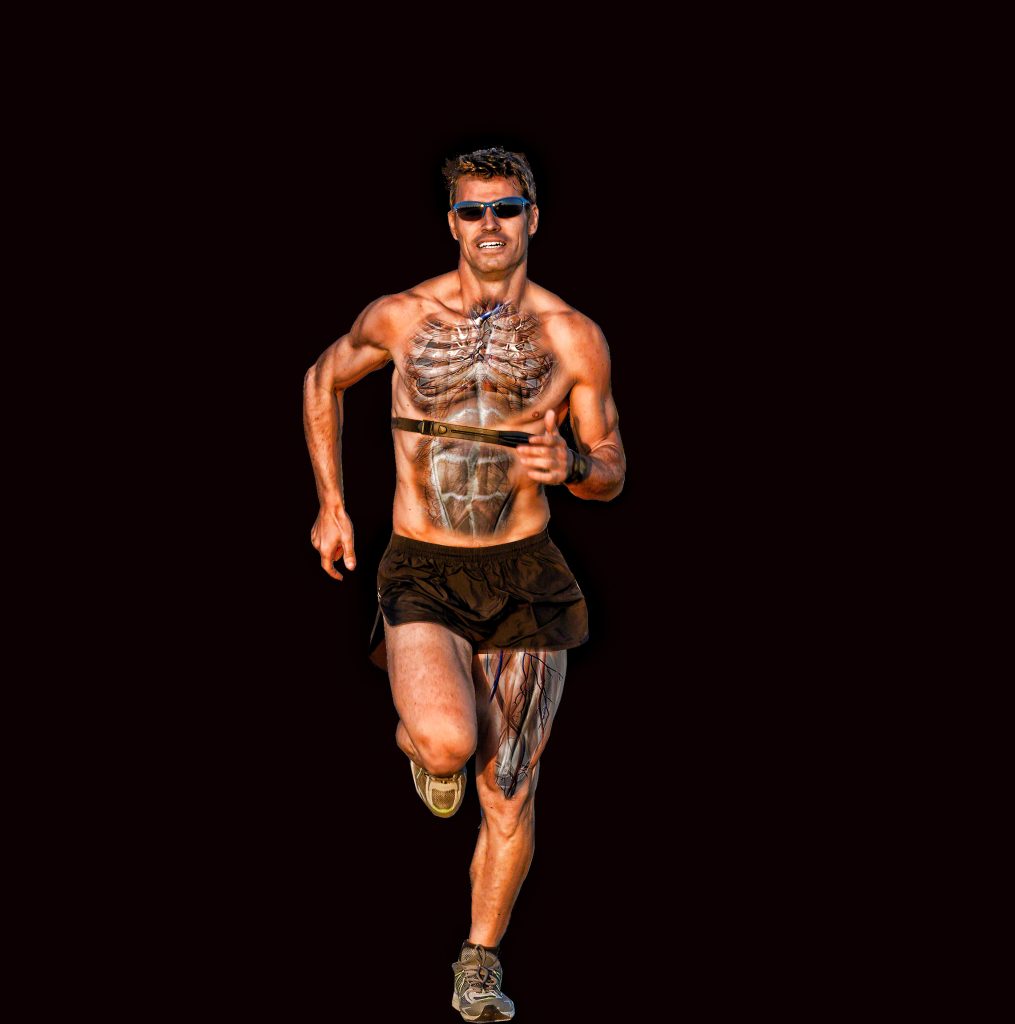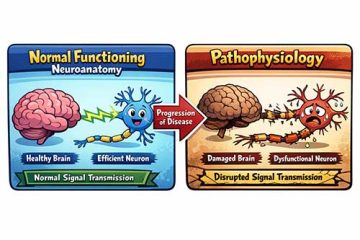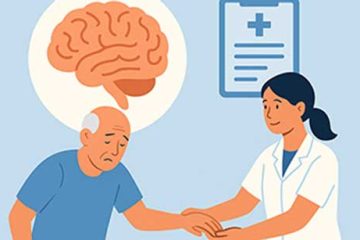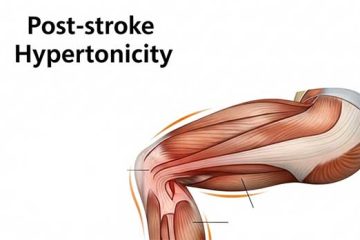Post-stroke patients can exhibit variations in gait patterns, one common variation is knee hyperextension. Determining the underlying factors contributing to knee hyperextension within the gait cycle is crucial for developing effective gait patterns. Restoring Gait Function is a PT stroke rehab continuing education course that provides solutions for controlling knee hyperextension while enhancing gait.
Gait Facilitation
In this video, the instructor demonstrates strategies for enhancing gait by controlling knee hyperextension.
Reasons for Knee Hyperextension in the Stroke Patient
One of the other gait abnormalities that we talk about in the PT stroke rehab continuing education course is if someone is hyperextending their knee. It could be weak quads, weak glutes, or a timing issue. The posterior pelvic tilt is what is bringing them forward over their leg. The posterior pelvic tilt with the glute max activating will extend the knee.
Timing is Everything – PT Stroke Rehab Continuing Education Course
It is a timing issue for the therapist, as well. I have to get him facilitated and his pelvis moving before the knee moves back. If the knee is moving back, then the quads are on. We want the femur moving forward. My force this time is going to be it is going to be a rotation, but I am trying to get him forward, too. A nice cue would be to ask them to stick their belly button forward. That helps get that hip extension and control that excessive knee extension.
Use Props to Gain Motion
If you have somebody who requires much more assistance, they can not weight bear through that leg; sometimes I will get a stool. I can do it this way if I do not have to give a lot of support, but if I have to help his leg, or support himself, then what I can do is I can bring my shoulder onto his ischial tuberosity just superior to it. I can still do that motion, trying to get that posterior public tilt. But now my hands can come down here to help control the knee.
Although 65% to 85% of stroke survivors learn to walk independently by 6 months post stroke gait abnormalities persist through the chronic stages of the condition
Gait training strategies to optimize walking ability in people with stroke: A synthesis of the evidence
Upper Extremity Support
Most of the time, those people will do well with some upper extremity support. I like the bilateral platform walkers because I can externally rotate them, which gets their trunk into extension and then helps them keep stay upright. It is equal bilaterally, so it helps them stay in the midline, and then I can help with that hip and knee support.
What Happens if the Glut is too Shortened?
Restoring Functional Gait, PT stroke rehab continuing education course, is a comprehensive course with real patient presentations, gait analysis, gait training exercises, and rehab techniques filmed with studio-quality, multi-camera angles. 3D animations of the gait cycle and musculature enhance the learning experience when identifying important musculoskeletal components in normal and dysfunctional movement.
Gait Training in a PT Stroke Rehab Continuing Education Course
Restoring Gait Function is part of the Healthclick comprehensive PT stroke rehab continuing education course series. Additional stroke courses within Our All Access Annual Subscription include:
Stroke: Achieving Functional Movement in the Home Bound Patient
Achieving Advanced Levels of Functional Mobility with PNF Techniques
Learn more about our All Access Annual Subscription
References
Geerars, Marieke, Nympha Minnaar-van der Feen, and Bionka MA Huisstede. “Treatment of knee hyperextension in post-stroke gait. A systematic review.” Gait & Posture 91 (2022): 137-148.
Geerars, Marieke, Nympha Minnaar-van der Feen, and Bionka MA Huisstede. “Treatment of knee hyperextension in post-stroke gait. A systematic review.” Gait & Posture 91 (2022): 137-148.
Hendrix, Anna. Gait Training Strategies Used to Improve Walking Ability in a Patient with Ataxia Following Stroke: A Case Report. Diss. University of Iowa, 2020.
Selkowitz DM, Beneck GJ, Powers CM. Which exercises target the gluteal muscles while minimizing activation of the tensor fascia lata? Electromyographic assessment using fine-wire electrodes. J Orthop Sports Phys Ther. 2013 Feb;43(2):54-64.
Waller, Clifford Paul, et al. “Biomechanics of the paretic knee during overground gait in people with stroke: a systematic review.” Physical Therapy Reviews (2022): 1-9.



